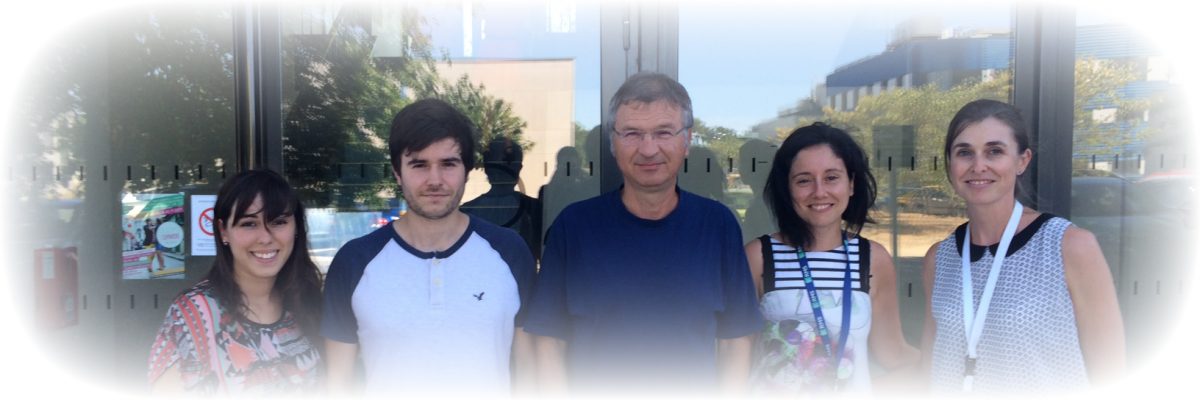Chemokines – Angiogenesis and Tumor Biology
(Group : Regulatory Networks of angiogenesis, Tumor Invasion and Metastasis)
We have focused in the past our attention on the structure and fonction of CXCL4 and more recently on CXCL4L1. We have shown that CXCL4L1 exhibits a unique structure very different from any CXC chemokine known to data (Ku et al, 2013) (Figure 1). We have furthermore investigated extensively the function and biodisponibility of CXCL4L1 (Dubrac et al, 2010) (Figure 2) and the function in pancreatic tumor development (Quemener et al, in revision, Cancer Research). We have also confirmed that CXCL4L1 interacts with CXCR3.
We have more recently initiated work on CXCR3 and its role in tumor development CXCR3 belongs to the G-protein-coupled receptors and plays important roles in development, angiogenesis, inflammation and cancer. CXCR3 has been reported as a functional receptor for the ELR-negative CXC chemokines. However, the interaction with CXCR3 is rather complex due to the presence of two distinct spliced isoforms, CXCR3-A and CXCR3-B. We have recently addressed the question of how CXCR3 is activated and its trafficking. We have identified a novel co-receptor for CXCR3 and demonstrated that this receptor is important for its activation, internalisation and trafficking by using a number of different cellular models and experimental approaches. We are now deciphering the precise molecular mechanisms of this interaction and the various receptor domaines involved.
 |
| A : Structure of CXCL4L1(Kuo et al., J Biol Chem 2013). B : and Diffusibility in vivo (Dubrac et al., Blood 2010). |
Project members :
– Prof. Andreas Bikfalvi
– Dr. Clotilde Billotet
– Kévin Boyer
– Nadège Pujol
– Laura Rodrigues
Collaborations :
– Sébastien Lecommandoux, LCPO, Bordeaux.
– SC. Sue, NTHU, Taiwan.
– I. Alvez, CBMN, CNRS, University Bordeux.
– S. Dedieu, University Reims.

